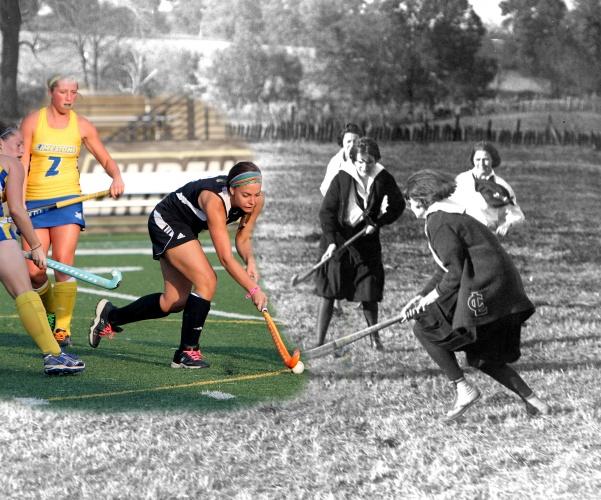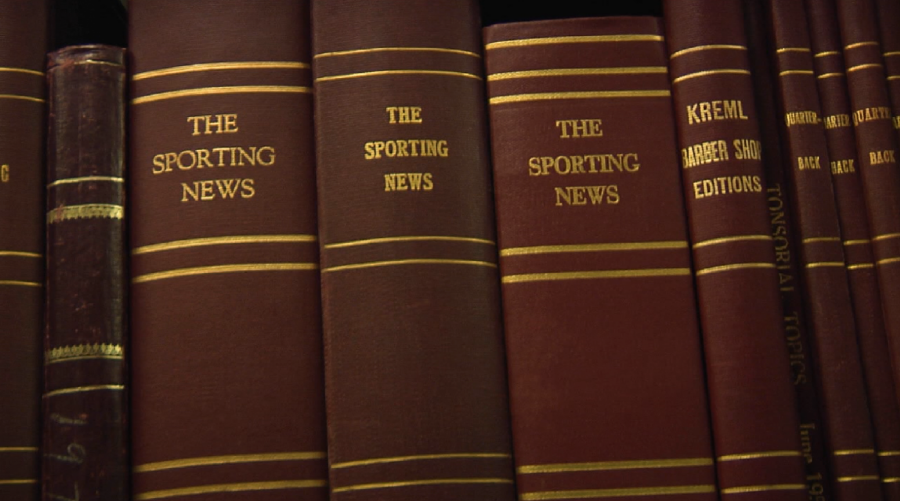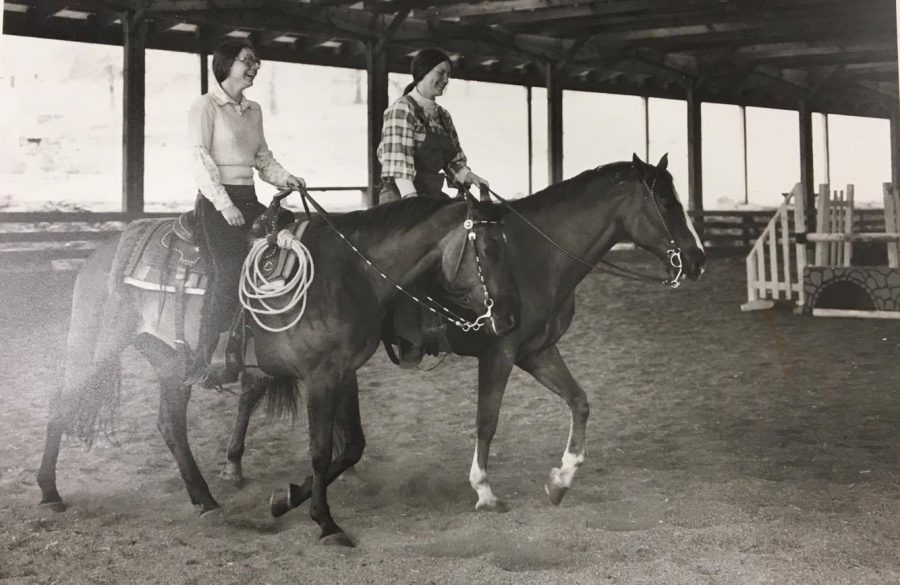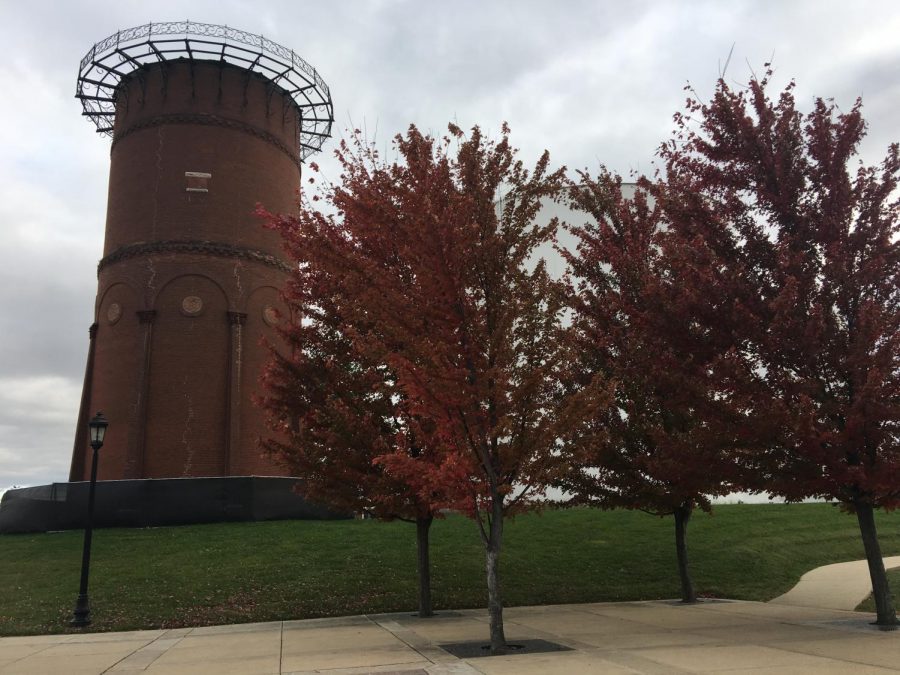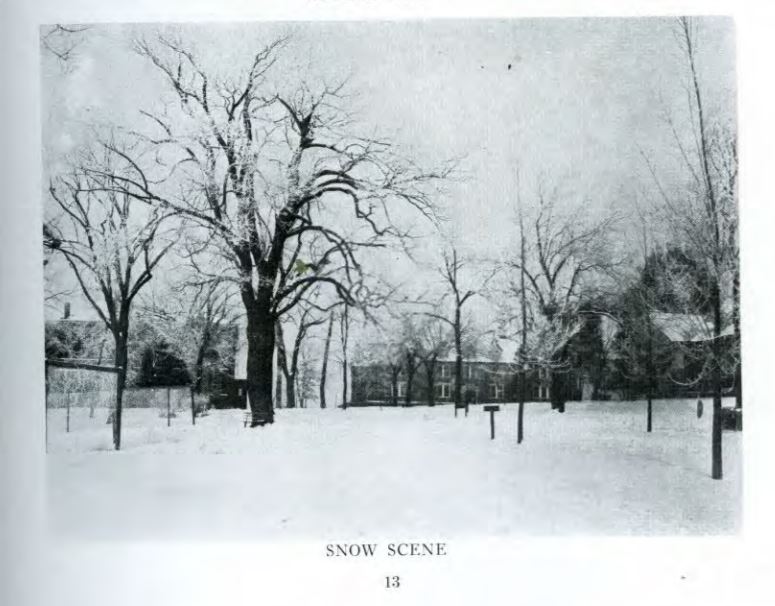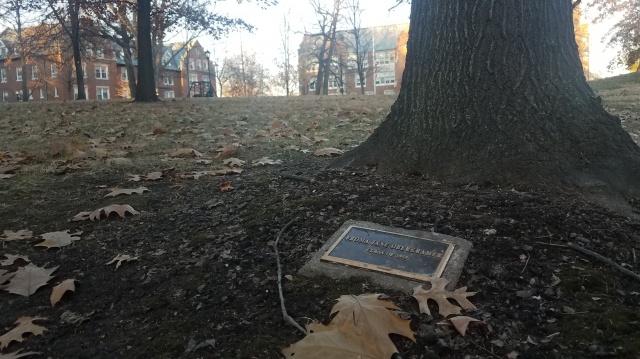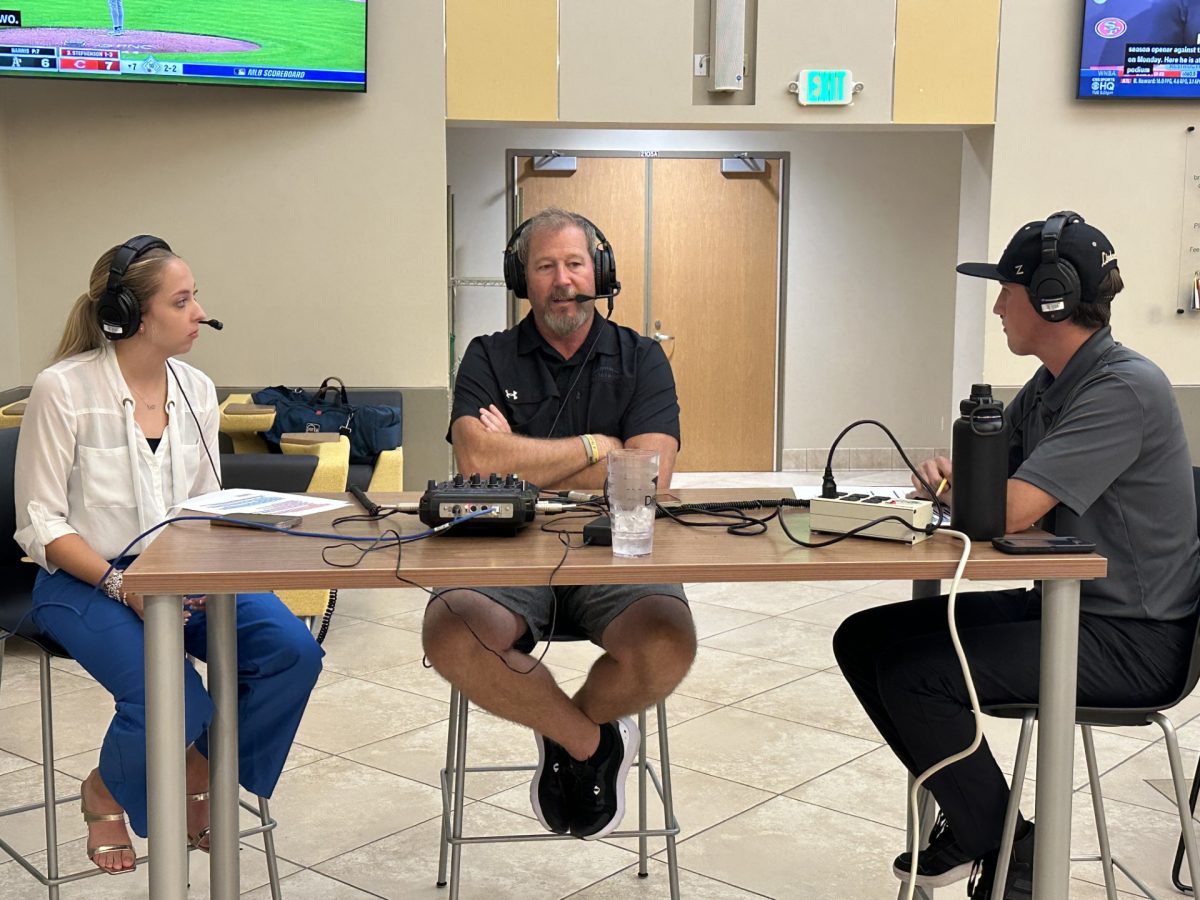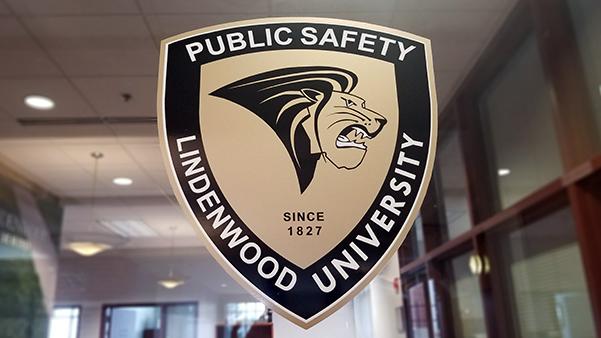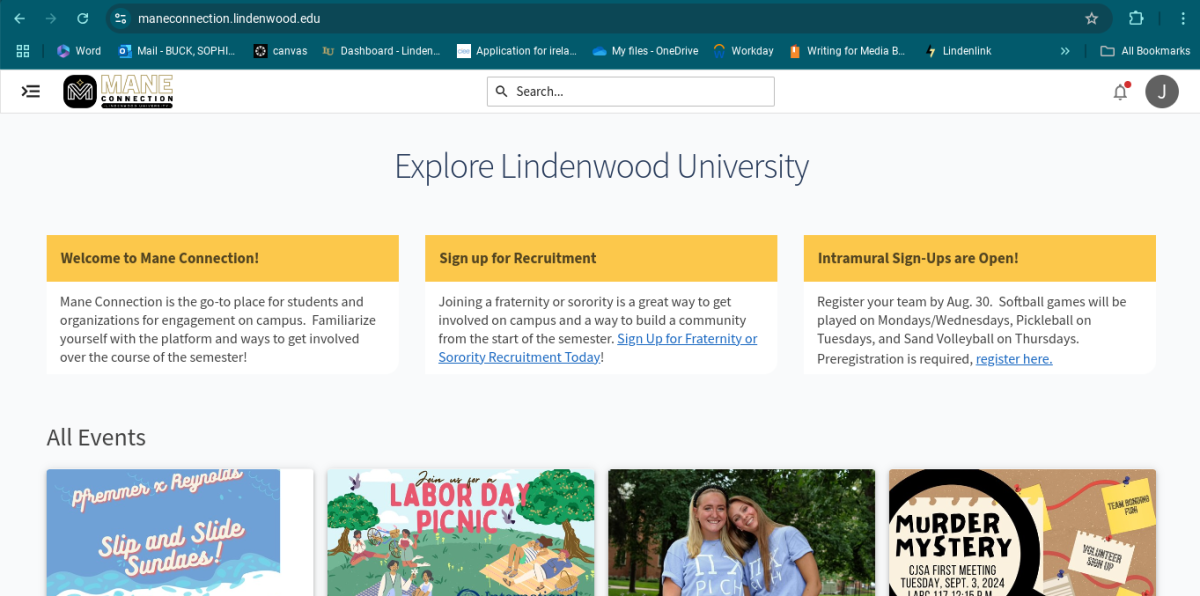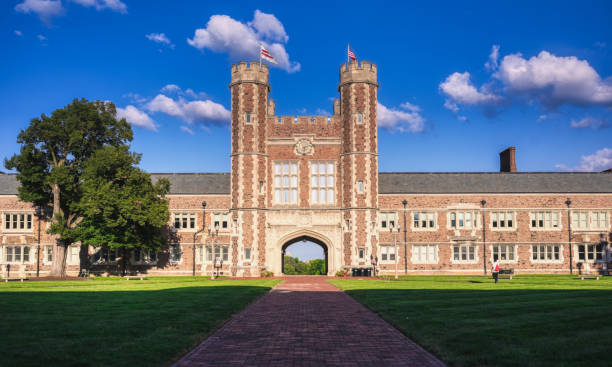MATT HAMPTON | Sports Editor
Lindenwood University sports events can be a source of pride for both athletes and non-athletes alike, but some parts of the school’s athletics history are known by few Lions fans.
Many who show up to cheer at football games have never heard of Lindenwood’s first intercollegiate football team, a women’s flag football group which bragged of an undefeated record. Many students, faculty and staff may follow the field hockey team and its 7-2 record this season, but what is less commonly known is that 38 years ago, the top-ranked Olympic women’s field hockey teams played an exhibition match at Lindenwood. Another obscure fact is that Lindenwood College had a campus golf course from the 1920s to ’40s.
As for how the Lions team name and colors originally came about, that history is not known definitively, but in 1989, women’s soccer tried to use a mascot very different than Leo the Lion.
Evolution of the Lions name, logo and mascot
Glen Cerny, who played on Lindenwood’s first men’s basketball team, said the Lions’ team colors originated with a soccer goalie who pushed starting men’s athletics at the school in 1970.
“The best I can tell you is the black and gold was because he liked the colors of the Pittsburgh Pirates, from what I know, and it sure sounds like a great story doesn’t it?” said Cerny, a Wisconsin native who later managed Lindenwood’s KCLC radio station.

Bottom: A Lindenwood Athletics logo from 2008-09 featuring both a male and female lion.
Images from the Mary E. Ambler Archives.
Lindenwood had intercollegiate teams as early as the 1940s, but the state of its early ’70s men’s teams was disorganized, in part because the college only allowed men starting in 1968. Cerny said there was no sense of campus spirit, and the basketball team was a “very ragtag” group of players coached by a psychology professor.
“There was really nothing else to do. There weren’t enough men to have intramural sports,” he said.
Another basketball player, Noren Kirksey, said in an oral history interview that men’s soccer coach Larry Volo came up with the name “Lions” while sitting with athletes in front of Butler Hall.
Kirksey, a forward, said, “If I’m not mistaken, there are two lions as you went up the steps, and he said, ‘Well, I was thinking about this, and I think we should be the lions.'”
According to Kirksey, players had suggested naming the team the Lobos, after a Mexican wolf.
While the reason the Lindenwood Lions’ name and colors were chosen in 1970 is uncertain, the fact is, they stuck.

Photo from the Mary E. Ambler Archives.
During the 1989-90 season, the women’s soccer team tried to use a different mascot: Gumby, a stop-motion cartoon character popular in the 1950s-’80s, which university archivist Paul Huffman described as a “big green stick with arms.”
Pranksters stole the women’s Gumby and placed it in different spots around campus. Afterward, the team ditched the mascot.
Huffman said the Leo the Lion mascot originated in the 1990s, and the costume underwent a few changes before coming to its modern version, as did the athletics logo.
[masterslider id=”46″]
The Parker Packers
From 1974 to 1977, Lindenwood had a women’s flag football team that participated in intercollegiate play.
The team, known as the “Parker Packers” was set up by coach Mike Buckner to give the players something to do for fun, according to an October 1976 article in the Lindenwood Ibis.

Photo from the Mary E. Ambler Archives.
The article, under the headline “Parker Packer powder puffs plan powerful program,” said the team planned to face St. Louis University, the University of Missouri-St. Louis, and even a school in Kansas City in its upcoming season. The Packers had “never lost a game or even been scored upon in two seasons of competition,” the article claimed.
The Ibis reported in 1975 that the team had around 40 women, including the sister of “famed Missouri U. quarterback Steve ‘Zark’ Pisarkiewics.”
During that time, the St. Louis Football Cardinals practiced at what is now Hunter Stadium for six seasons before the team moved to Arizona State University, where they played for 18 years.
The 1976 article quoted Buckner saying the Cardinals helped the Lindenwood team out sometimes and gave them a football.
According to another Ibis article, Cobbs Hall housed a locker room, weight room and conference center for the “Big Red,” and the team lived in Parker Hall over the summer. The article said the presence of the NFL team benefitted the development of Lindenwood athletics, but quoted the athletic director saying, “I don’t see a football team anywhere down the line.”
After the women’s program ended, and the Cards stopped training on campus in 1982, Lindenwood’s stadium was without a football team until the current team started in 1989.
College (golf) course
“FORE! When you hear this call watch out, or some Lindenwood golfer will bounce a ball off of your cranium,” begins an article from August 1922. “Of course you should not expect to find a course here like those on the Country Club hills, as it takes years to build a finished golf course, but it will be a dandy little play-ground and with hazards difficult enough for both novice and expert.”
In the area behind Cobbs, Irwin, Niccolls and McCluer Halls, Lindenwood College built a golf course for students in the 1920s. It is unclear whether it was a nine or 18-hole course.

Photo from the Mary E. Ambler Archives.
As this was before Lindenwood started official golf teams in the 1990s, the course was used mostly for leisure, Huffman said.
“Lindenwood was promoting itself as a school for upper-middle-class women, and that was kind of an up and coming sport for people of status,” he said.
For the same reason, the college also kept horses in what would later become the Fitness Center and the Field House, Huffman said. The equestrian program lasted until the 1980s, but the golf course stopped being used in the 1940s.
Lindenwood field hockey’s nearly 100-year history
Though there is no record of an intercollegiate field hockey team at Lindenwood until 1946, it has been played at the college since the 1920s.
In the 1970s and ’80s, women’s sports at Lindenwood faced challenges. The 1976 field hockey team was disbanded after two games. The Ibis reported in 1980 that at Lindenwood, which had recently joined the NAIA, attention was focused on men’s soccer, and women’s teams lacked the numbers and resources to succeed. During one volleyball match, the team’s bus driver had to step in so they could reach the required six players to compete, the article said.

Photo from the Mary E. Ambler Archives.
But 1980 was also the year that four top Olympic field hockey teams played at Lindenwood in October as part of a five-city exhibition tour. The Ibis reported that Lindenwood was scheduled as the site of two of the televised matches because it had “one of the top facilities.”
That summer, the United States had lead a boycott of the Olympics in Moscow to protest the Soviet invasion of Afghanistan.
The two games at Lindenwood were between the U.S. and Australia (scoreless) and between New Zealand and the Netherlands (4-2 Netherlands). America was the only one of the four participants that fully boycotted the Olympics.
Some years after that, field hockey and a few other Lindenwood sports were canceled. Huffman said the reason was probably because of the school’s financial troubles.
Field hockey returned in 1999, and in 2003-04, they were conference champions. The Lions became a full NCAA member in 2013, and they have had a winning record five of their past six seasons under coach Sarah Johnson.
CORRECTION: A previous version of this article stated that some information about the St. Louis Football Cardinals at Lindenwood was found in a 1975 issue of the Ibis. It was from 1976.
–
Since Lindenwood’s foundation as a girls’ college when Missouri had been a state for less than a decade, the school has had a rich and unique past. This is the fourth article of Lindenwood Then and Now, a series about the history of Lindenwood. Last week’s installment, “Campus restaurants from years past,” discussed two eating spots which formerly existed on campus: the Tea-Hole and Ayres Dining Hall. Check back next week for more.



